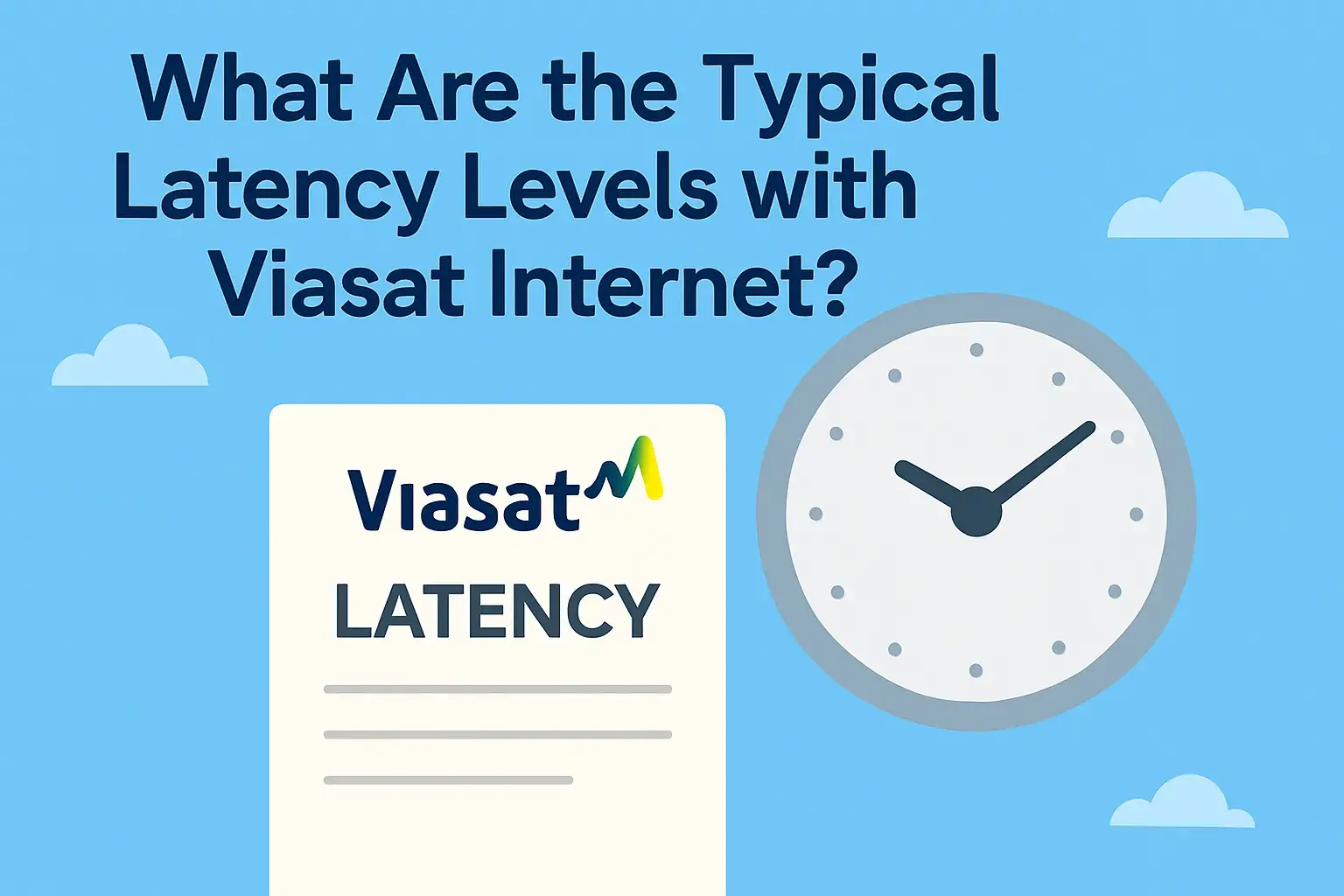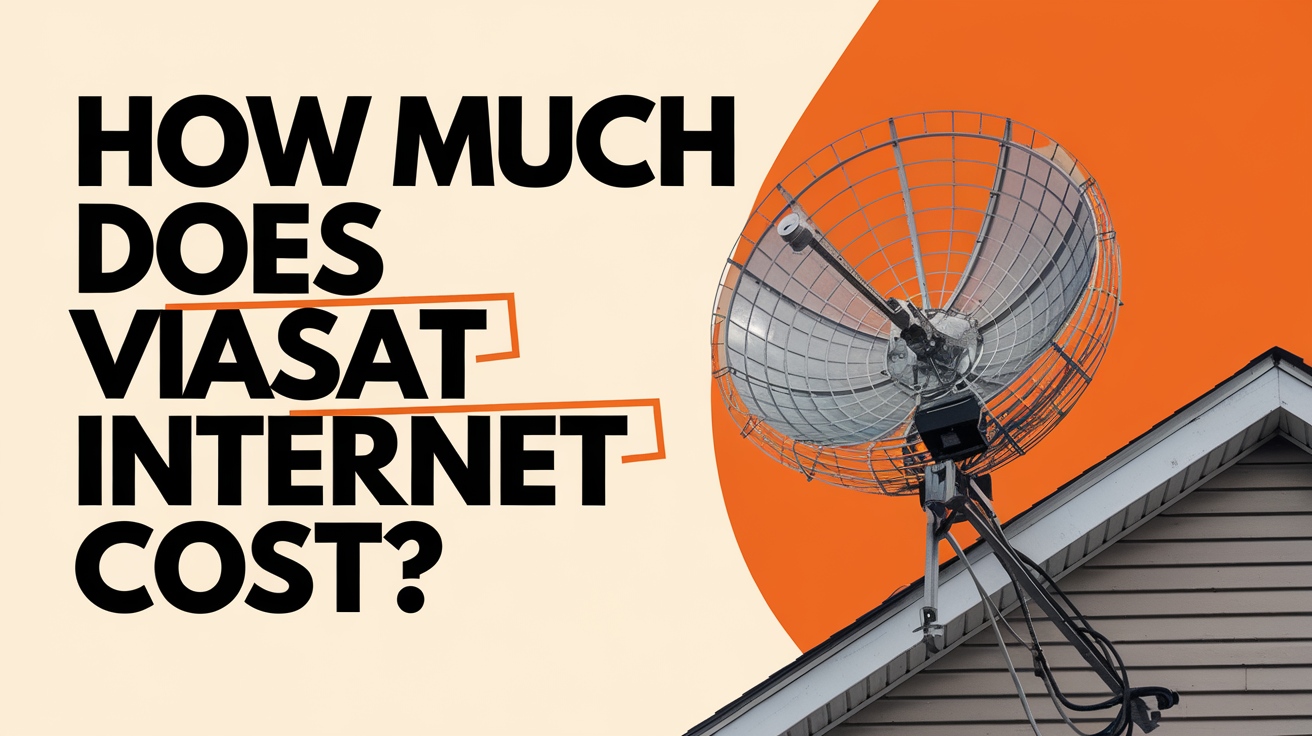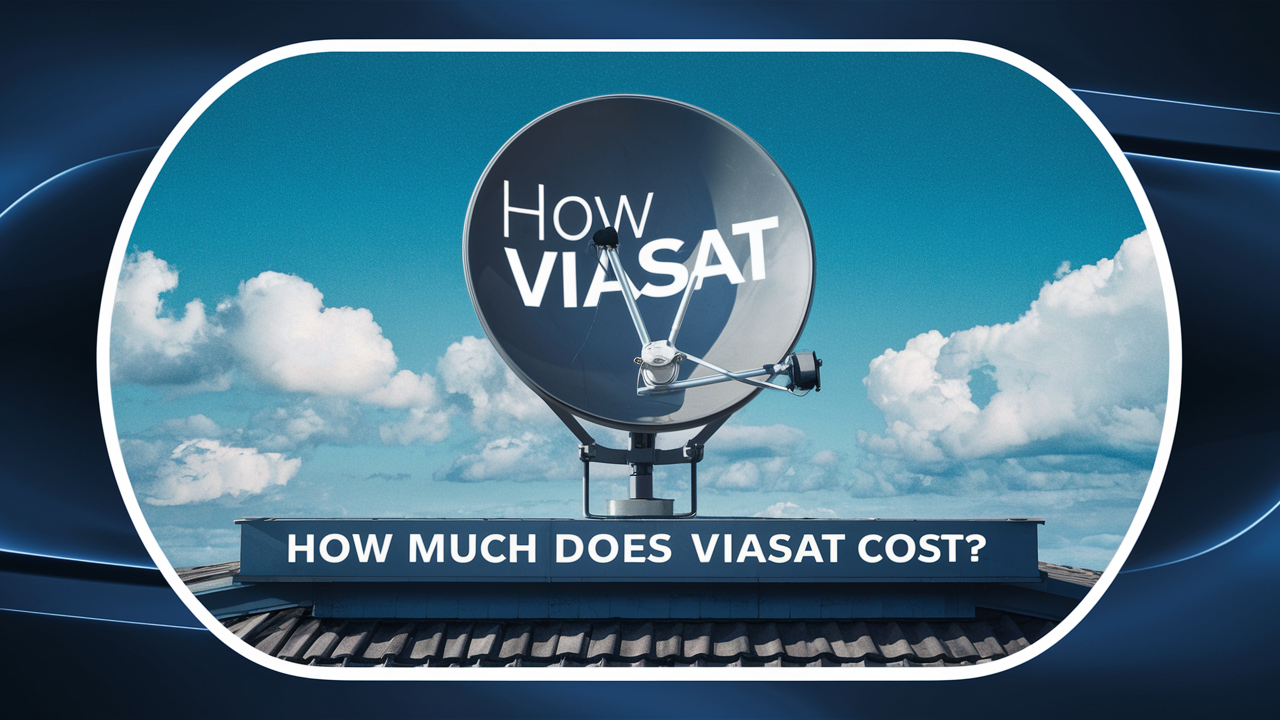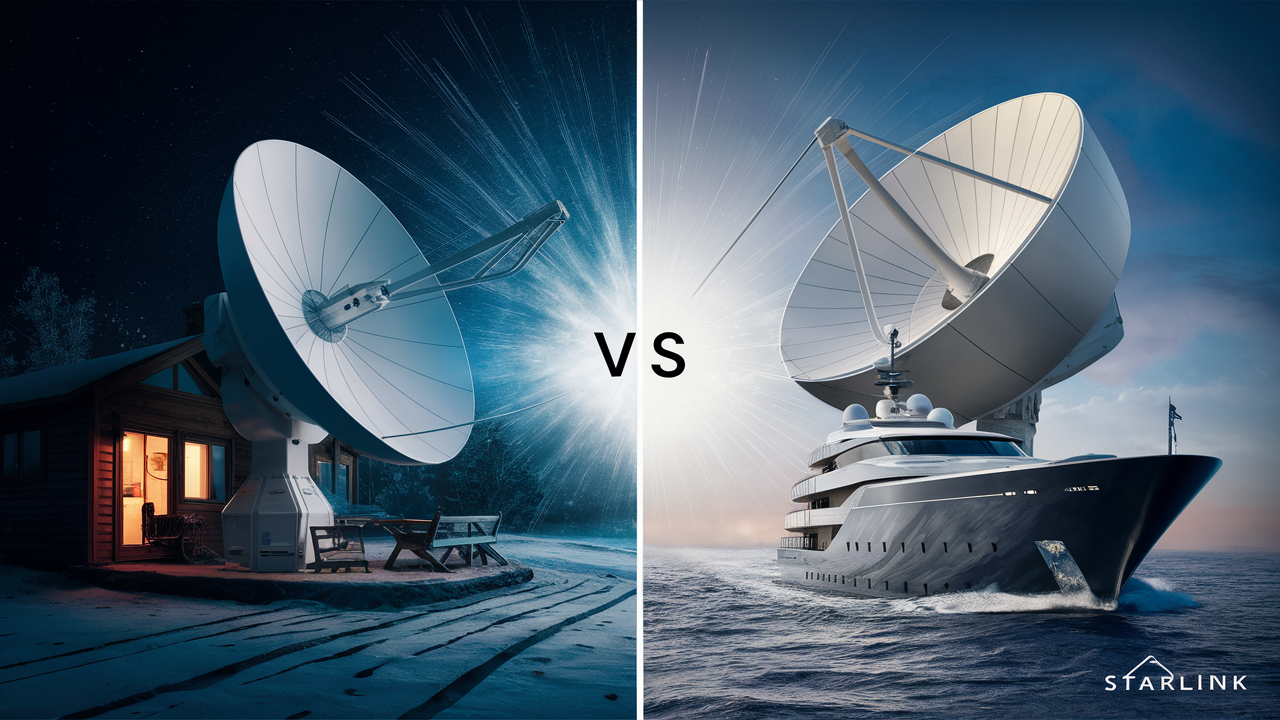-
Posted on: 15 Jul 2024

-
Latency plays a crucial role in determining your online experience—especially when it comes to real-time activities like video conferencing, online gaming, and voice-over-IP (VoIP) calls. When considering satellite internet services such as Viasat, understanding latency becomes even more important because it operates differently from cable or fiber networks.
What is Latency in Internet Connections?
Latency refers to the time it takes for data to travel from your device to a server on the internet and back again. It’s often measured in milliseconds (ms). The lower the latency, the faster the interaction feels. High latency can cause delays in loading web pages, buffering in video streaming, and lag in online gaming.
Typical Latency Levels with Viasat Internet
Viasat’s latency typically ranges between 600ms to 700ms, with occasional spikes depending on network congestion and weather conditions. This is significantly higher than cable or fiber internet, which usually has latency between 10ms and 100ms.
Why is Viasat’s Latency Higher?
Viasat uses geostationary satellites located approximately 22,300 miles above Earth. When a signal is sent from your computer, it travels that distance to the satellite, then to the Viasat ground station, and back again. This vast distance inherently introduces latency. The round-trip time for these signals alone accounts for the high baseline latency.
How Latency Impacts Different Internet Activities
1. Web Browsing
Latency may slightly delay page loading, but Viasat employs web acceleration technologies that mitigate much of this delay. Basic web browsing and email usage remain relatively unaffected.
2. Streaming
Viasat supports HD streaming on platforms like Netflix, Hulu, and YouTube. While latency does not impact video quality, it may result in a brief buffer period before playback starts. Once streaming begins, the experience is usually smooth.
3. Online Gaming
Latency is most noticeable in real-time multiplayer gaming. Fast-paced games like Call of Duty, Fortnite, or Valorant may be virtually unplayable due to the delay. However, turn-based or slower-paced games work fine.
4. Video Calls and VoIP
Latency can cause a delay in conversation, making it harder to have real-time communication. While it’s usable for video conferencing, expect occasional awkward pauses or people talking over each other.
5. VPN and Remote Work
Latency affects VPN connectivity and remote desktop applications. Actions performed on a remote machine may feel laggy. Viasat isn’t ideal for users who rely heavily on VPNs for work.
Viasat’s Technology to Combat Latency
Acceleration Technology
Viasat uses advanced acceleration technology to help reduce the impact of latency. It prefetches and compresses data to deliver content more efficiently. These optimizations allow a decent browsing and streaming experience despite high latency.
Beam Optimization
Viasat divides coverage areas into multiple beams to manage traffic effectively. This segmentation ensures better performance and helps avoid congestion, indirectly stabilizing latency levels.
How Does Viasat’s Latency Compare to Other Providers?
Provider Technology Average Latency Viasat Satellite 600–700ms HughesNet Satellite 600–800ms Starlink LEO Satellite 20–50ms Spectrum Cable 20–40ms AT&T Fiber Fiber 5–20ms Is High Latency Always a Dealbreaker?
Not necessarily. It depends on how you use the internet. For users in rural areas with no access to fiber or cable, Viasat provides a reliable way to stay connected. It’s perfect for streaming, browsing, and emails. But if you’re a competitive gamer or heavy VPN user, the high latency might be frustrating.
Tips to Improve Performance Despite High Latency
- Use a wired Ethernet connection instead of Wi-Fi.
- Limit background apps consuming bandwidth.
- Schedule updates during off-peak hours.
- Use lightweight versions of websites (e.g., YouTube Lite, Facebook Lite).
Who Should Choose Viasat?
Viasat is ideal for:
- Rural households with no fiber or cable options
- Users who prioritize streaming and browsing over gaming
- Home offices not dependent on real-time remote tools
Conclusion
Viasat offers decent performance for most internet activities, though high latency can affect specific real-time applications like gaming and video calling. While not suitable for everyone, it remains a viable option for many rural users. Understanding its latency limitations can help you make an informed decision tailored to your online needs.
Frequently Asked Questions (FAQ)
What is the average latency of Viasat Internet?
Viasat typically has a latency of 600 to 700 milliseconds due to the distance signals must travel to and from geostationary satellites.
Is Viasat suitable for online gaming?
Due to high latency, fast-paced online games like first-person shooters may not perform well. Turn-based or single-player games are a better fit.
Can I stream movies with high latency?
Yes, latency affects the initial buffering but not the video quality. Viasat supports HD streaming on platforms like Netflix and Hulu.
How does Viasat compare to Starlink in latency?
Starlink offers significantly lower latency (20–50ms) because it uses low Earth orbit satellites, while Viasat has 600–700ms due to geostationary satellites.
Does latency affect video calls?
Yes, it can cause audio/video delays or overlaps in conversation. Viasat is functional for calls but not ideal for professional-grade video conferencing.
Can acceleration technology reduce latency?
It doesn’t reduce latency but minimizes its effects by optimizing data transfer through compression and prefetching.
Will latency improve with Viasat-3 satellites?
The upcoming Viasat-3 constellation aims to enhance capacity and stability. However, since it still uses geostationary orbit, latency will remain high but more consistent.





